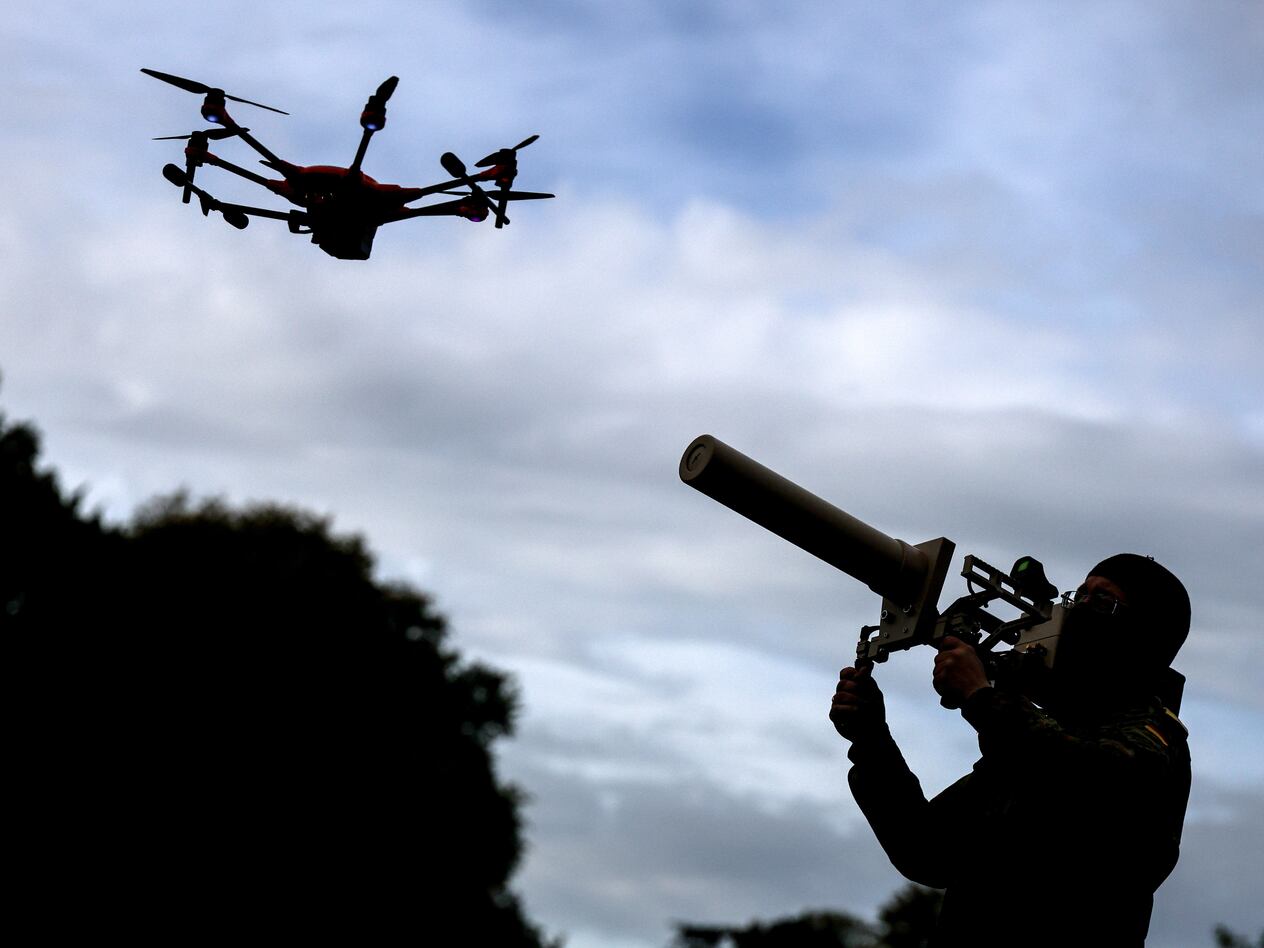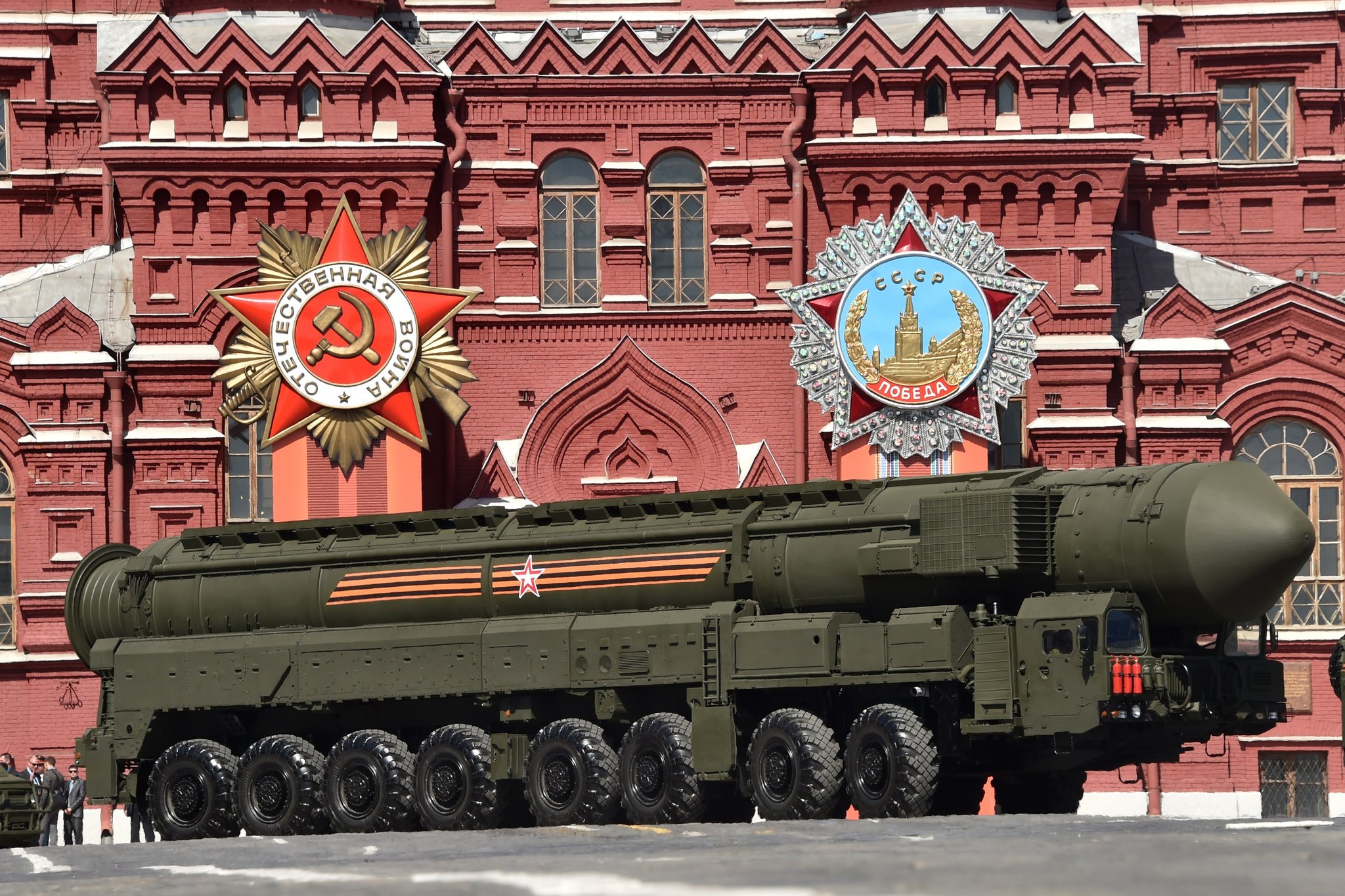EU SCRAMBLES TO COUNTER DRONE INTRUSIONS OVER AIRPORTS AND GRIDS

Security and tech race to catch up
European officials are racing to protect airports, commercial sites and critical infrastructure from drone overflights that leaders link to hostile actors, The Japan Times reports. Observers say detection, jamming and interception each carry technical and legal complications—risking harm to civilian airspace users if misapplied. Incidents from energy facilities to stadiums have highlighted gaps in monitoring and response. With consumer drones cheaper and longer-ranged, authorities face an escalating cat-and-mouse game that blends aviation safety, counter-intelligence and public communication. Some countries are trialing integrated air-picture systems that fuse radar, radio-frequency sensors and cameras, while clarifying shoot-down authorities near sensitive sites.
Industry groups want clearer standards for geofencing and remote ID to keep compliant hobbyists out of restricted zones and to help track violators. Civil liberties advocates warn that broad jamming could disrupt legitimate communications and set precedents for peacetime electronic warfare. Airports, utilities and event organizers are rewriting contingency plans: secure perimeters, speedier incident logs, and drills with police and air-navigation services. As threats proliferate, the market for counter-UAS tech is fragmenting—lasers, nets, interceptor drones and AI-assisted tracking—without a dominant standard. Success may hinge on cross-border coordination so alerts travel as fast as rogue drones do, and on public transparency when responses cause delays or diversions.





















